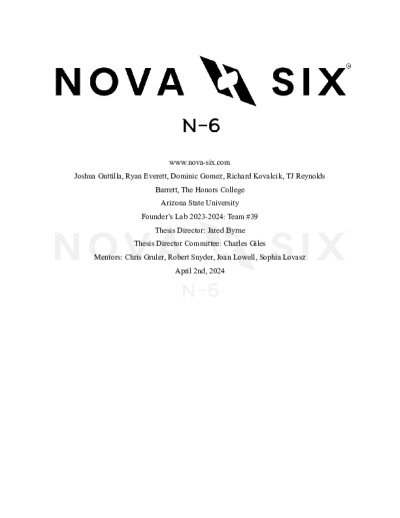Filtering by
- Creators: Dean, W.P. Carey School of Business
- Resource Type: Text


Social curiosity, a desire to learn about others, may play an important role in socio-cognitive development in early childhood. However, we poorly understand whether and how social curiosity is elicited. In this study, we examined the malleability of social curiosity in young children by developing a “Social Uncertainty Paradigm.” Children aged 5 to 8 (30 collected, target N = 105) were randomly assigned to one of three conditions (Social Curiosity (SC), General Curiosity (GC), or No Curiosity (NC)) and introduced two learning objectives: the new person (Sam) and new object (Apple House). Participants had 10 chances to gather information about either Sam and the Apple House. In SC, participants obtained 4 times more facts about Sam than the Apple House. The reverse was true for GC. To maximize uncertainty (a lack of information), the experimenter remarked about the difference in the amount of information they gathered. In NC, participants obtained the same amount of facts about Sam the Apple House. Next, participants’ social curiosity were measured with two tasks: Choice Task measuring their preference for learning between Sam and the Apple House and Rating Task measuring the degree to which they want to learn more about both Sam and the Apple House (5-point Likert scale). Preliminary results suggest that creating uncertainty in social information elicits social curiosity and is associated with more active information seeking behaviors to fill the knowledge gap. The current study will provide practical information that could be used for creating social curiosity-promoting environments.
As fan demographics of major professional sports continue to increase in age, research on youth fandom continues to be a topic of interest for researchers. There are relatively few studies in the space that adequately address the issue of an aging population of fans and highlight the importance of growing fandom starting at a young age. There have been previous studies that have looked at sports fandom and age demographics on a broader scale. This thesis aims to add on to that research by focusing more closely on younger fans and their experience with baseball prior to their college years. The data presented in this thesis was conducted through a predominately qualitative online questionnaire. This research is primarily focused on investigating three topics of interest within the consumer behavior realm of the sports industry. First, to provide a baseline understanding of what factors in childhood potentially impact a person’s likelihood of fandom as they age. Second, to look into promotions and activations that could potentially influence a consumer's behaviors and likelihood of attendance at a Major League game. Third, to provide a comprehensive look at whether or not the understanding of baseball impacts if a person is a fan of the sport. With the data collected from this research, the MLB and individual professional baseball teams can look into ways to capitalize on the findings of the research to promote youth fan engagement. Furthermore, this research identifies a significant need for the league and/or teams to invest in youth fandom and fandom enhancement opportunities.

Braille Retail is a student-led effort to promote awareness and inclusivity for visually impaired and blind individuals through legible braille designs on fabric. Our mission is to bring awareness to the visually impaired and blind community and increase braille literacy. We plan to reach our mission by placing legible braille and its translation on our sweatshirts. Furthermore, we want to support the visually impaired and blind community by donating 5% of our profits to local blind charities.
